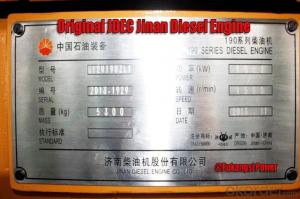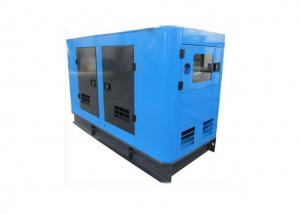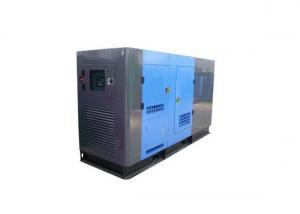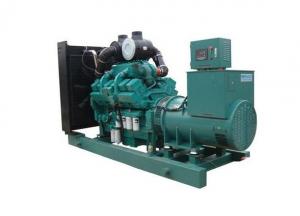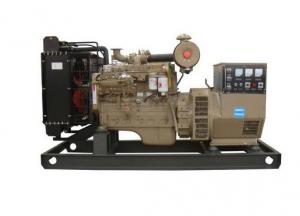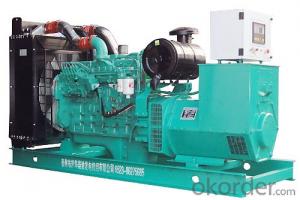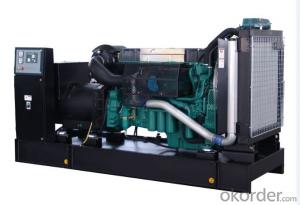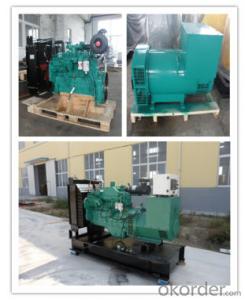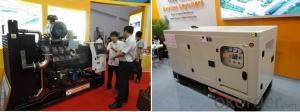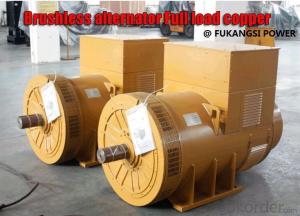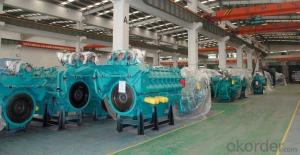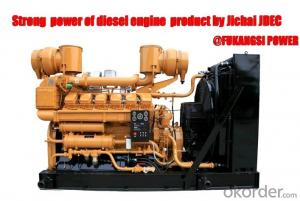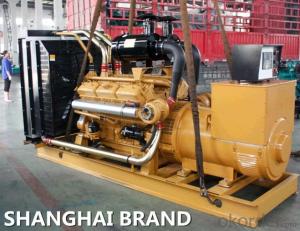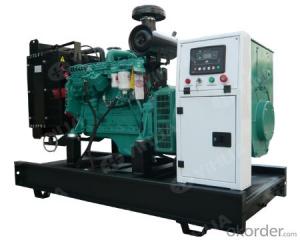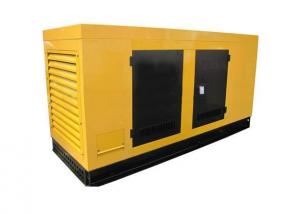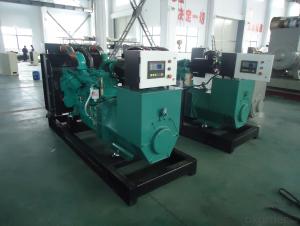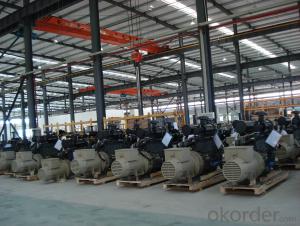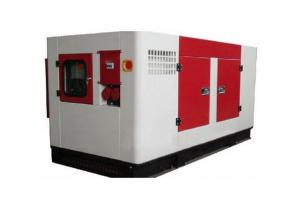800-1800KW China JDEC Generator desiel 60
- Loading Port:
- Shanghai
- Payment Terms:
- TT OR LC
- Min Order Qty:
- 1 unit
- Supply Capability:
- 1000 unit/month
OKorder Service Pledge
Quality Product, Order Online Tracking, Timely Delivery
OKorder Financial Service
Credit Rating, Credit Services, Credit Purchasing
You Might Also Like
Specifications
This Generator powered by cooperating with AVL
| Model | Engine Model | Rated Power (KW) | Standby Power (KW) | Engine power (kw/r/min) | FUEL | L×W×H (MM) | Weight (KG) |
| (L/H) | |||||||
| FKS-500 | G6190ZLD | 500 | 550 | 540/1500 | 123 | 4950*1500*2350 | 7800 |
| FKS-600 | 8190ZLC | 600 | 660 | 720/1500 | 143.5 | 5200*1650*2350 | 8900 |
| FKS-800 | Z12V190B | 800 | 880 | 882/1500 | 164 | 5300*1970*2780 | 13600 |
| FKS-900 | G12V190ZL1 | 900 | 990 | 1000/1500 | 205 | 5300*2040*2700 | 13800 |
| FKS-1000 | A12V190ZLD | 1000 | 1100 | 1200/1500 | 246 | 6250*2250*2750 | 19300 |
| FKS-1200 | BH12V190ZL | 1200 | 1320 | 1360/1500 | 266.5 | 6380*2200*2650 | 18500 |
| FKS-1500 | H12V190ZLD | 1500 | 1650 | 1580/1500 | 348.5 | 7880*2850*3200 | 21000 |
| FKS-2000 | H16V190ZL | 2000 | 2200 | 2200/1500 | 492 | 9060*2870*3200 | 24000 |
- Q: I recently purchased a book on how to make a hydrogen generator that mentions either gas or diesel. However common sense tells me that a diesel engine requires some sort of lubrication such as cooking oil etc. I have tried to send a email but cannot get an answer. Does anyone out there know if hydrogen will work in a diesel engine without burning the valves out quickly.
- 2n2222 misunderstands lubrication. Yes, crankcase lubrication is important. But fuel system lubrication is also important, or your injection pump will wear out. Biodiesel and veggie oil have excellent lubricity and will extend the life of your fuel system. Fossil diesel does not - it used to contain sulfur to lubricate fuel system parts, but it no longer does. Thus you should always run a percentage of biodiesel.
- Q: I am build a 40KVA permanent magnet generator for diesel engine. the customer request the voltage is DC 28V after an rectifier. may be this 28V dc charge for the battery. can someone help me how much AC voltage should be output by the permanent magnet generator?permanent magnet generator----AC ???V----rectifier---28VDC---charge to battery.
- In AC side connect a series high current Choke with less no of turns take the out put use a High current bridge Diodes with suitable heat sink.For regulating out put ,In the series choke place a Dc winding that can be excited by a separate dc circuit, Increase saturation will give same voltage decrease excitation will give drop in voltage.It is like magnetic Amplifier.Set the out put voltage with pre set point or a regulating circuit.I have given rough Idea If you want further detail PM me (This only cheapest method unless you have use thyristor or others to con troll may be expensive)
- Q: a falling waterb burning coalc sunlightd gasoline or diesel fuel
- most likely d. gasoline or diesel fuel
- Q: Hi everybody. well I buyed a welding machine, and I need a portable generator for use the welding machine, but I dont know the generator capacity to use it, if the welding machine is 50 to 250 amps, but I just use from 100 to 200 amps, Can I use a 6000 watss Generator? or I need more power?
- Look on the welder spec plate it should be rated in amps. it needs to run watts amps, X volts from a old timer
- Q: I have been trying to research the specifics of utilidor functionality for nearly two weeks and have come up with hardly any information. What I'm wanting to know is, at certain access points of utilidors in artic areas, is there something above ground that powers the tunneling below like possibly a transformer or a generator? I know it seems unfeasible to have either one out in the open to be exposed to the elements but I still want to know. And also even if this isn't the case now, was it so when the tunnel systems were first made?
- What the hell is a utildor?
- Q: I live in KARNATAKA,INDIA.Due 2 powercuts i am plannin 2 buy 1 of the aboveI want my answer URGENTLY
- diesel generator is your best bet. solar battery inverter is very inefficient.
- Q: I am not recommending it, I am interested in the logistics.
- probably because of the price, not much more i can think of
- Q: I would like to find out if a product exists which permits remotely using a mechanical switch to power cycle a diesel generator. Maybe one that has an IP which I could connect to or uses RF. Literally just turn on/off the power without interacting with it physically.
- Should be doable, except I can see a problem - How will you know if the thing started or not ??
- Q: I am designing the system to produce electricity for a computer room with 40 PC and 40 LCD screens. The needed power is about 15 KW (20 hp). My system consists of a compressor, a compressed air tank, a turbocharger and a mini gas turbine. I will talk a little bit about the operation: the air is released from the tank and driven by ducting system to turbocharger, at which the air flow is through turbocharger and run turbine to produce electricity. I have searched in internet many times about the turbine but still have no fit one. Can anybody suggest me one? And the turbocharger too if you don't mind. I really need all the details about both of them for calculations.
- This is a very inefficient way to produce electricity. Where are you getting the power to run the compressor? Use that to run the computers. Or use that charge batteries that will run an inverter. Or use a diesel generator. .
- Q: i have a plan to supply electric power supply to a colony of around 250 houses each have a load of approximately : 3 x1.5 ton air conditioners and all the other stuff of household use. voltage required is 400v 3 phase or 240 volt single phase. my question is if some one can please calculate the requirement of load for the above requirement and what size of generator is required for this load. thanks
- Here is a sample answer for gasoline generators to run a SINGLE HOUSEHOLD. Multiply the answer by 250 but just remember that diesel costs a lot more money. NorthStar Trifuel Generator — 614cc, 13,000 Surge Watts, 10,500 Rated Watts Fuel consumption is as follows: Gasoline:1.72 gallons per hour @full load. 1 gallon per hour @1/2 load. 1.72 gal @ $5 gal 41 gal $205 per day $1,435 7 days ($0.143 Minute) 1 gal @ $5 gal 24 gal $120 per day $840 7 days
Send your message to us
800-1800KW China JDEC Generator desiel 60
- Loading Port:
- Shanghai
- Payment Terms:
- TT OR LC
- Min Order Qty:
- 1 unit
- Supply Capability:
- 1000 unit/month
OKorder Service Pledge
Quality Product, Order Online Tracking, Timely Delivery
OKorder Financial Service
Credit Rating, Credit Services, Credit Purchasing
Similar products
Hot products
Hot Searches
